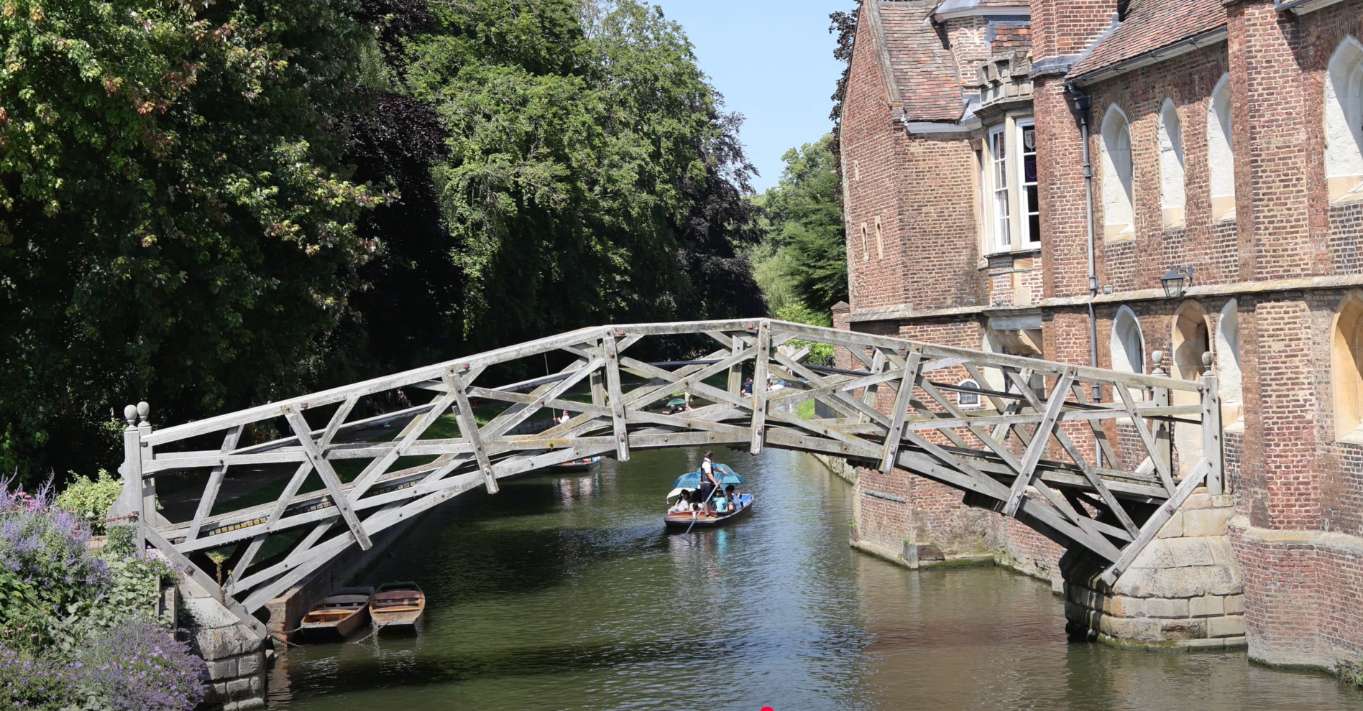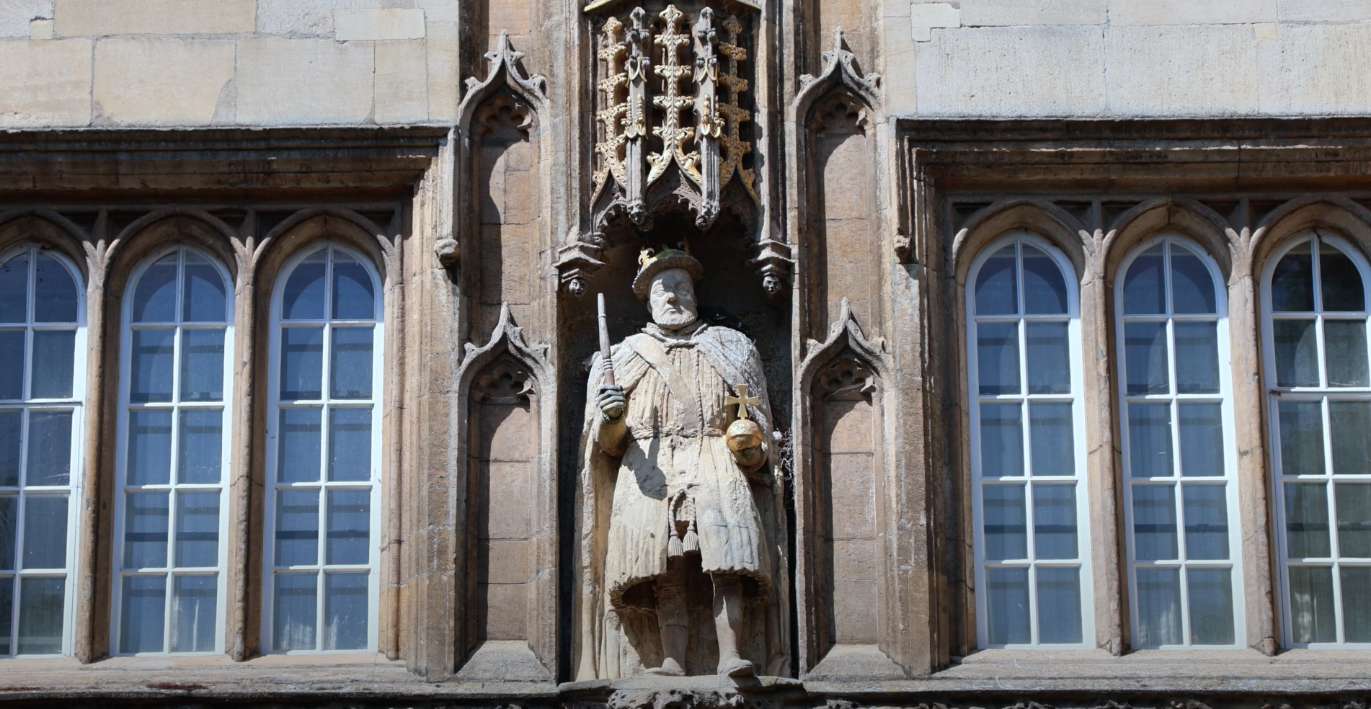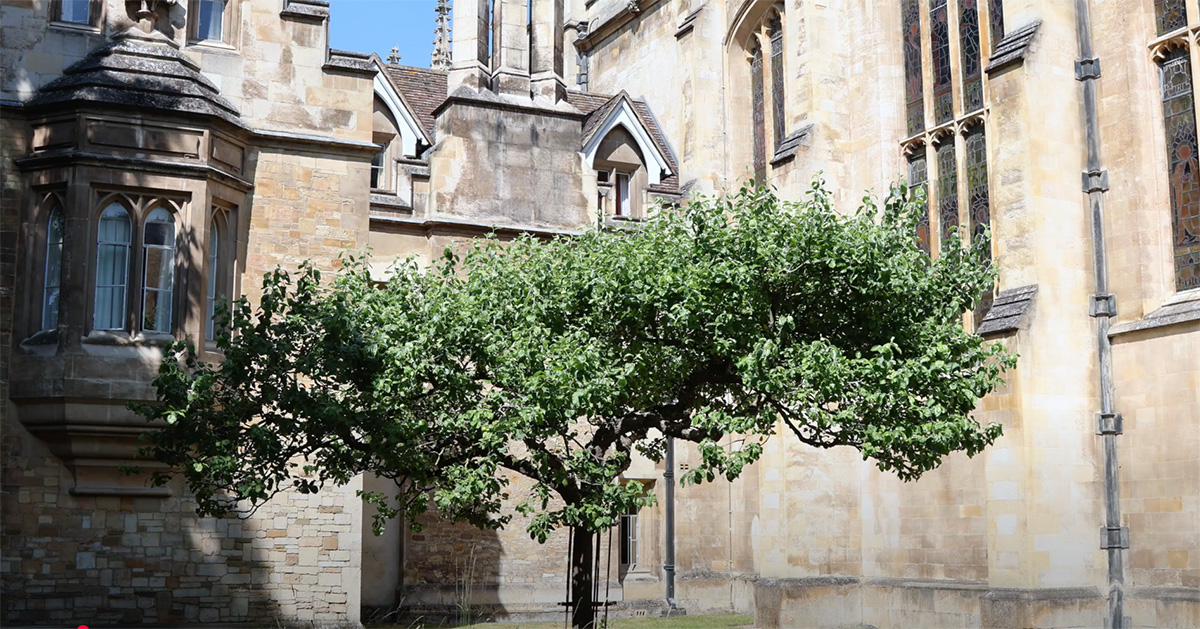
This wooden footbridge is one of the most photographed landmarks in Cambridge, England. The structure is held together by precisely calculated angles and joints, holding fast due to calculated tension and compression. With that said, it is not totally self-supporting: bolts and nails are used to secure the bridge. Yet what amazes the untrained eye (like my own!) is that not one plank of the wood is curved, yet it appears as a curved bridge. This is due to the numerous short, straight lengths of wood arranged in such a way as to create an arch. The design was the product of the mathematical genius William Etheridge, and the structure was built by James Essex the Younger.
One myth surrounding the bridge is that Sir Isaac Newton designed and built the bridge without any nails and screws. Then, it was supposedly taken apart by a group of students who were tasked with putting it back together! This story adds to the bridge’s mysterious allure, but it is false - Newton had died long before the bridge came into existence.

The relief of King Henry VIII at Trinity features a regal and commanding figure: the looming monarch sports his crown, an obvious symbol of his reign and power, and holds an orb in his hand - a more subtle symbol of a his authority over the world. The orb itself is topped with a cross indicating the king’s divine right to rule, which in early modern Europe was a deeply entrenched belief among monarchs.
One may also observe the scepter that King Henry grips in his right hand - but did you know that there is a less-than-regal story surrounding this scepter? At some point in its history the stone scepter broke off, and was observed as holding a resemblance to a chair leg. Trinity students found this comparison amusing, and decided to make it reality by actually replacing it with one! Eventually their efforts were accepted as a quirk of the entrance, and tourists today can enjoy the sight of a stoic King Henry brandishing a piece of furniture at them.
Everyone knows the story of the legendary tree that supposedly produced the falling apple that inspired Isaac Newton to discover the laws of gravity. That original tree was located in Newton’s family garden in Lincolnshire, but did you know that a direct descendent of that very same tree currently stands in front of Trinity College? It was grown from a cutting off of the original tree, and has since matured into a Cambridge historical landmark. In fact, Newton himself was a student and later worked as a fellow at Trinity College, leading that particular college to graciously host the famous sapling at their front entrance. Just be sure not to step on the grass!
